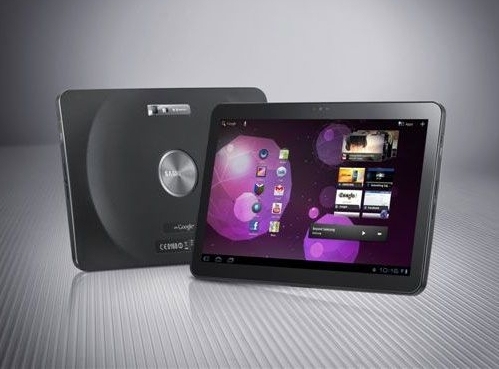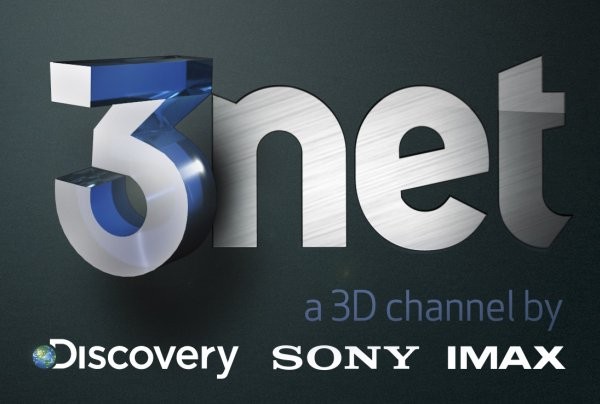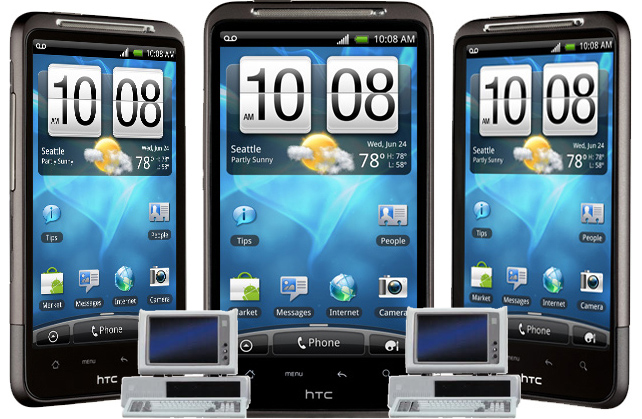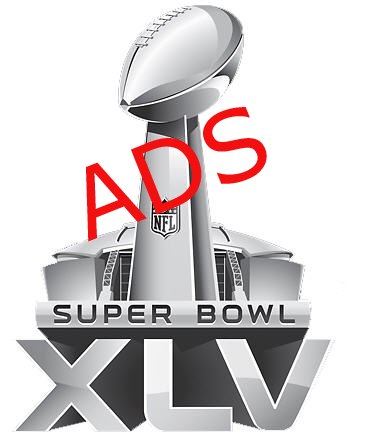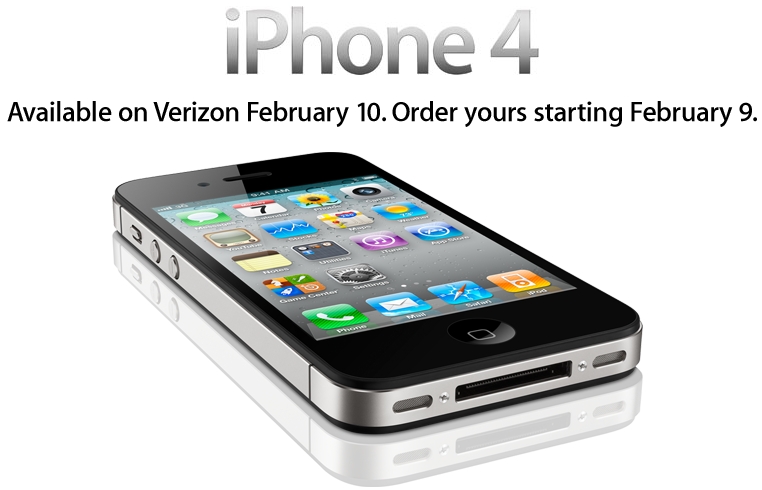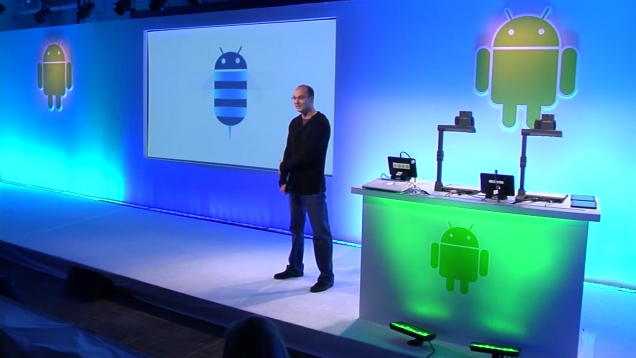
In early January at CES 2011 Motorola and T-Mobile took their respective stages to announce the upcoming Honeycomb-powered tablets. While Moto’s Xoom was almost fully fleshed out (exact release date and price are still up in the air), T-Mobile did not provide any details surrounding LG’s G-Slate besides saying it will be the “first 4G Android 3.0 powered tablet.” Well I happy to report that since then both the carrier and the manufacturer of the mysterious tablet have come out with hard specs and a release window. Lets get to it. The G-Slate (otherwise known as the LG Optimus Pad across the pond) packs a 8.9-inch (1280×768 WXGA) multitouch display and runs on a 1GHz dual-core Tegra 2 processor. Other specs include 32GB of internal memory, built-in WiFi, gyroscope, accelerometer, and adaptive lighting, and Adobe Flash support. But don’t let me bore you to death; the G-Slate features something the other Honeycomb launch tablets don’t have–2 cameras at the rear for stereoscopic 3D video recording. Working together the two rear-facing camera can capture 1080p HD content that can be viewed on the slate itself (the display is in fact 3D-capable, limited to 720p HD, however) and 3D video (in 1080p resolution) can be pumped out to an external 3D-capable HDTV through HDMI output. One of the rear cameras doubles as a 5 megapixel camera for standard photo capture (with flash) and there’s a third 2 megapixel front-facing camera for video chat. It’s important (and rather unfortunate) to note that pesky glasses are required to view 3D content on the slate’s display. Oh well–but it still remains a differentiating factor when it comes to making a purchasing decision between this, the Xoom, and Samsung’s Galaxy Tab 10.1.
The G-Slate will release this spring (likely in March) exclusively on T-Mobile’s network in the States, and as mentioned before it will take advantage of T Mo’s “4G” HSPA+ speeds. To end things on an even brighter note, the slate’s expected to ship as a Google Experience device, meaning it will come preloaded with a fresh version of Honeycomb, free of any LG and T-Mobile bloatware. Cheers to that! Pics below, video and PR after the break.
Continue reading LG lets loose G-Slate specifications, spring release window










